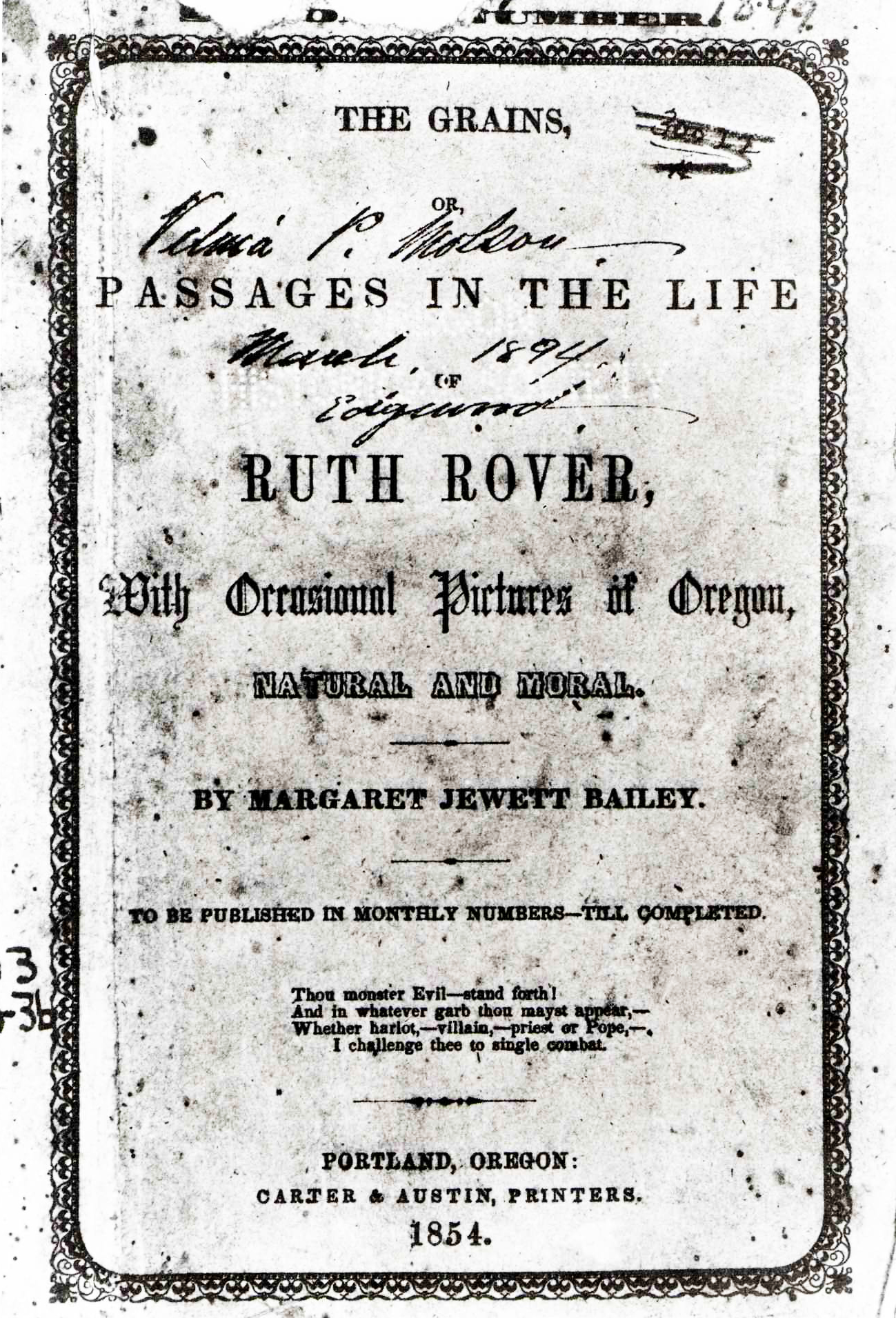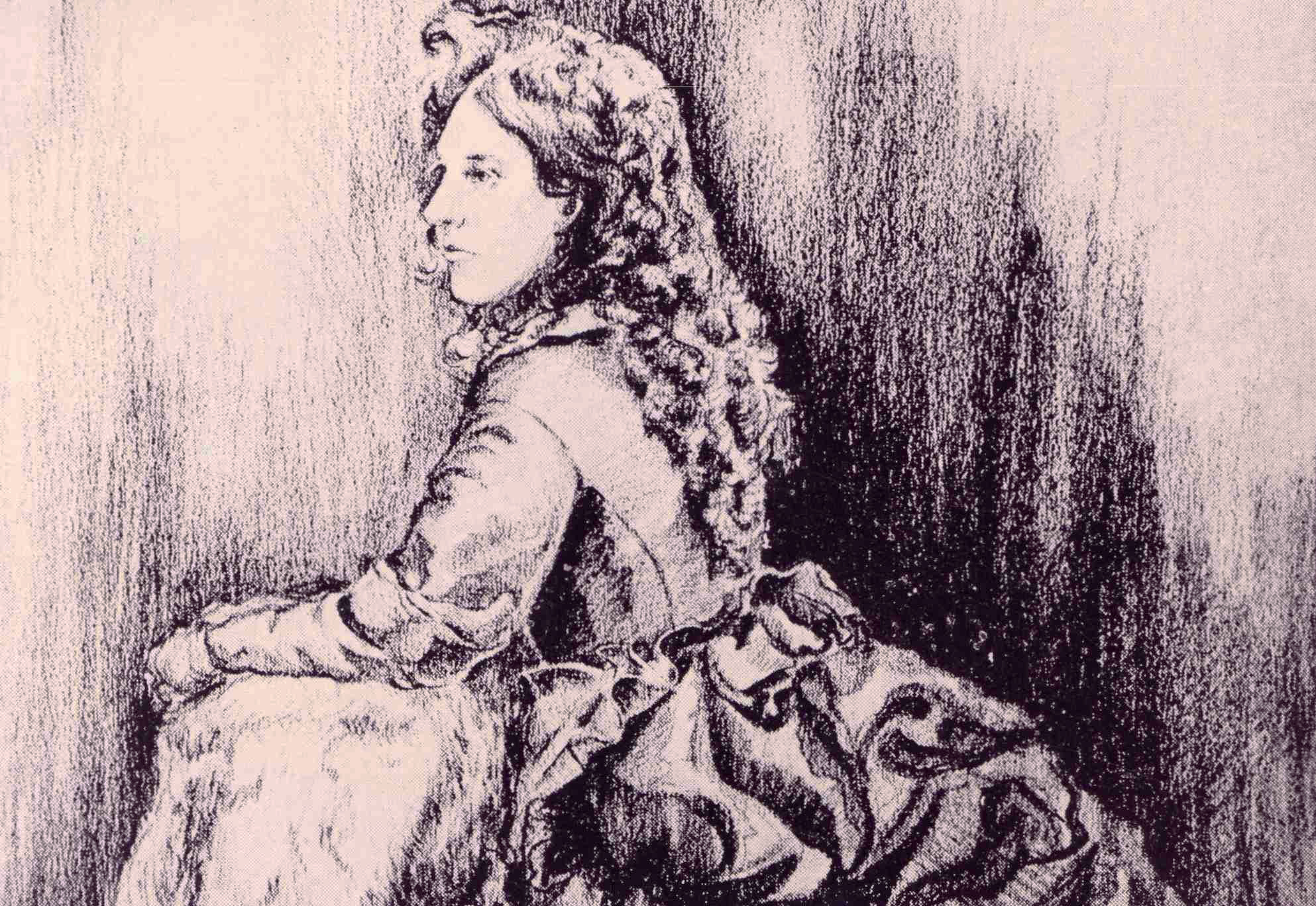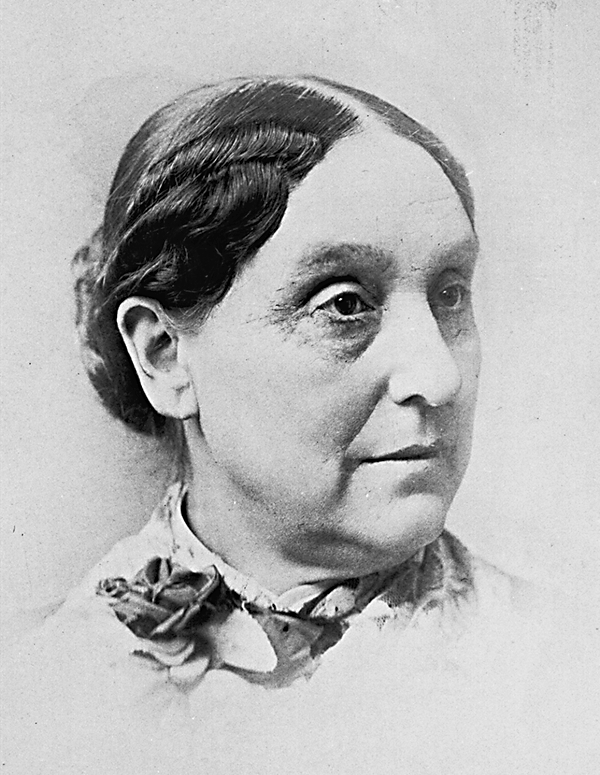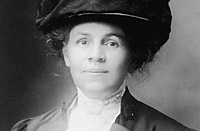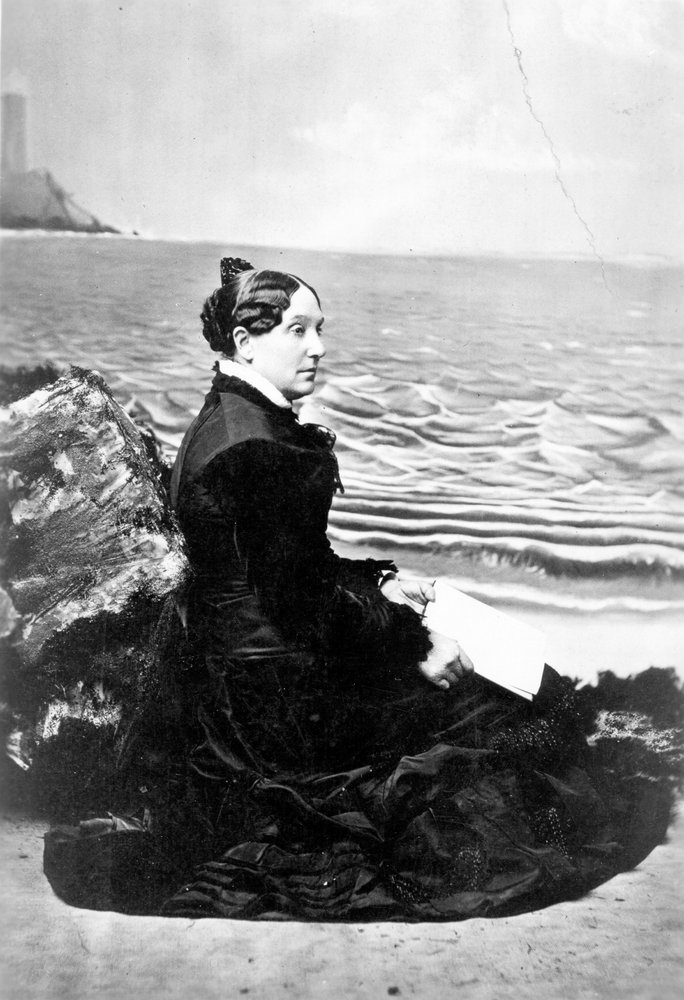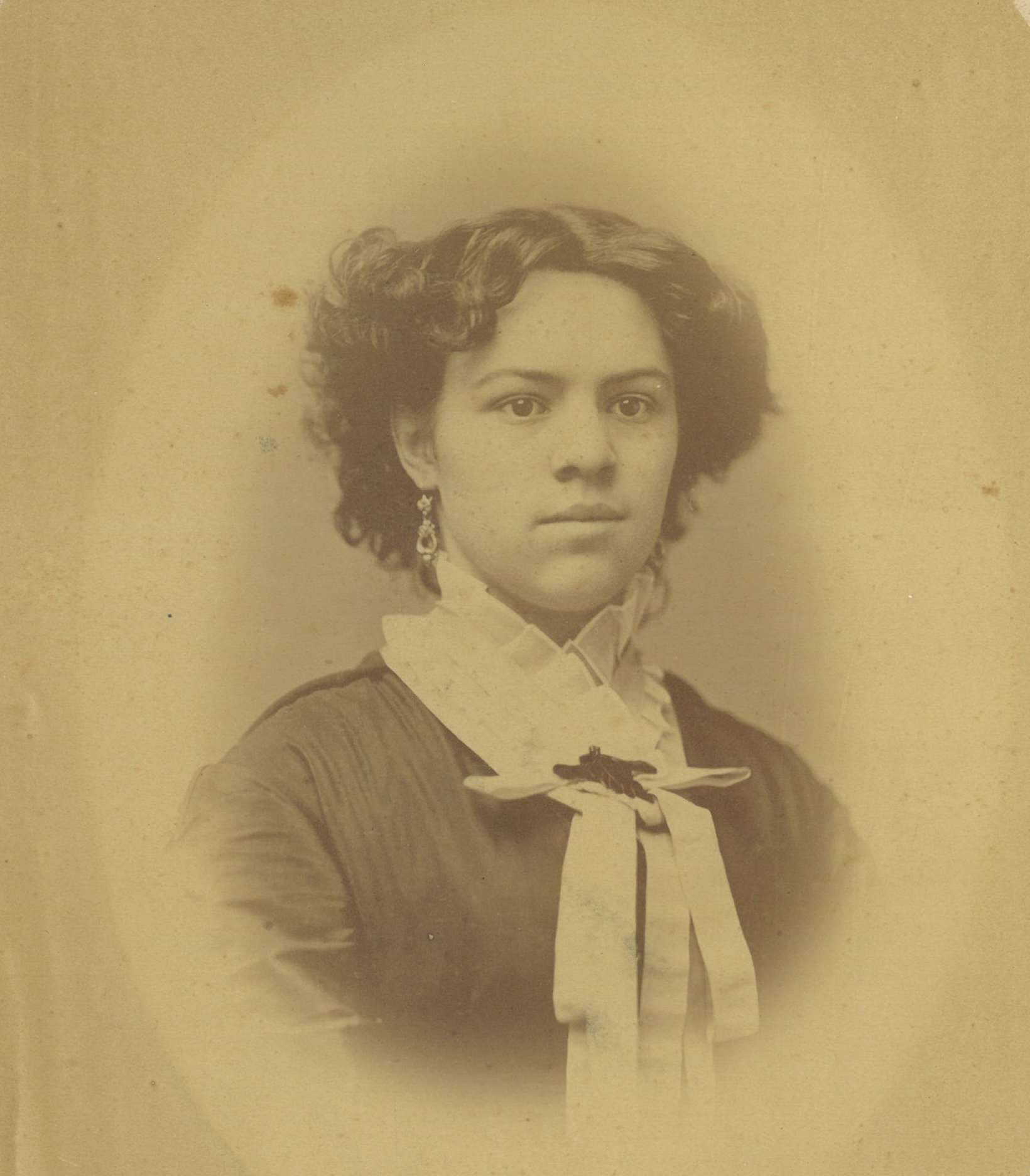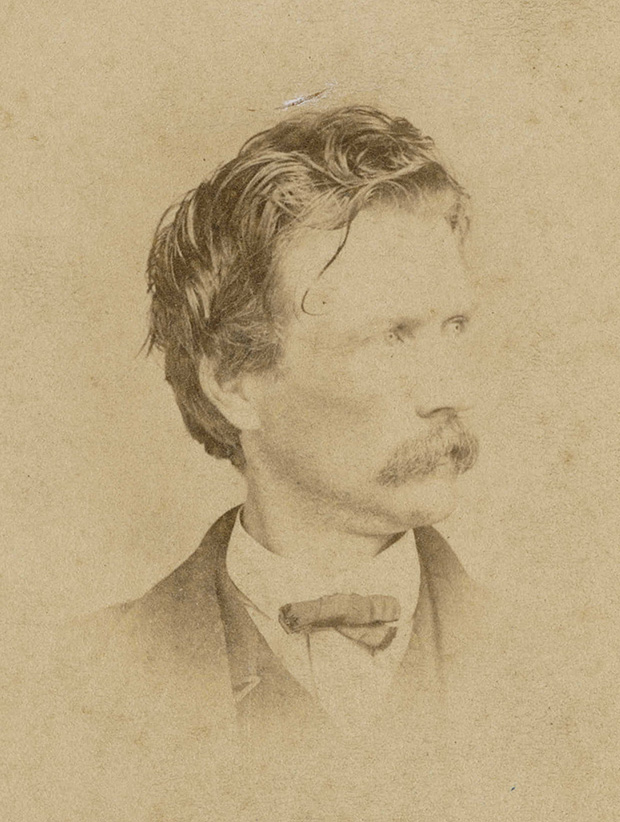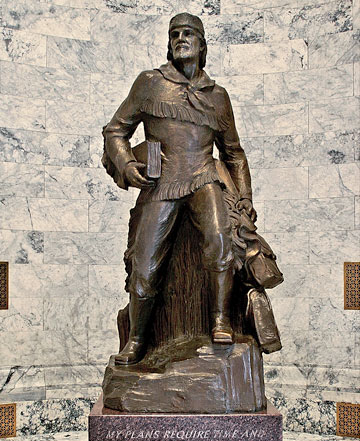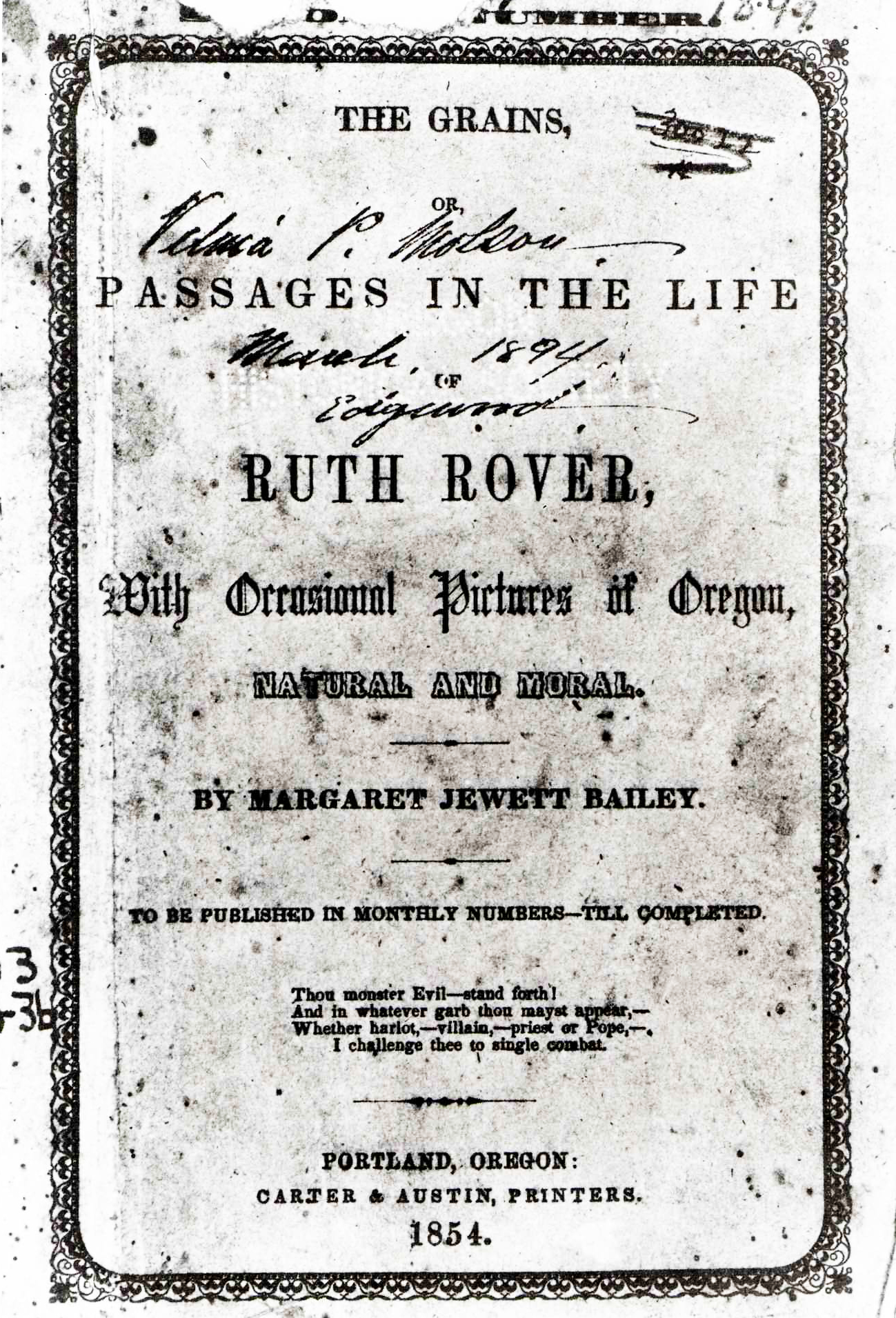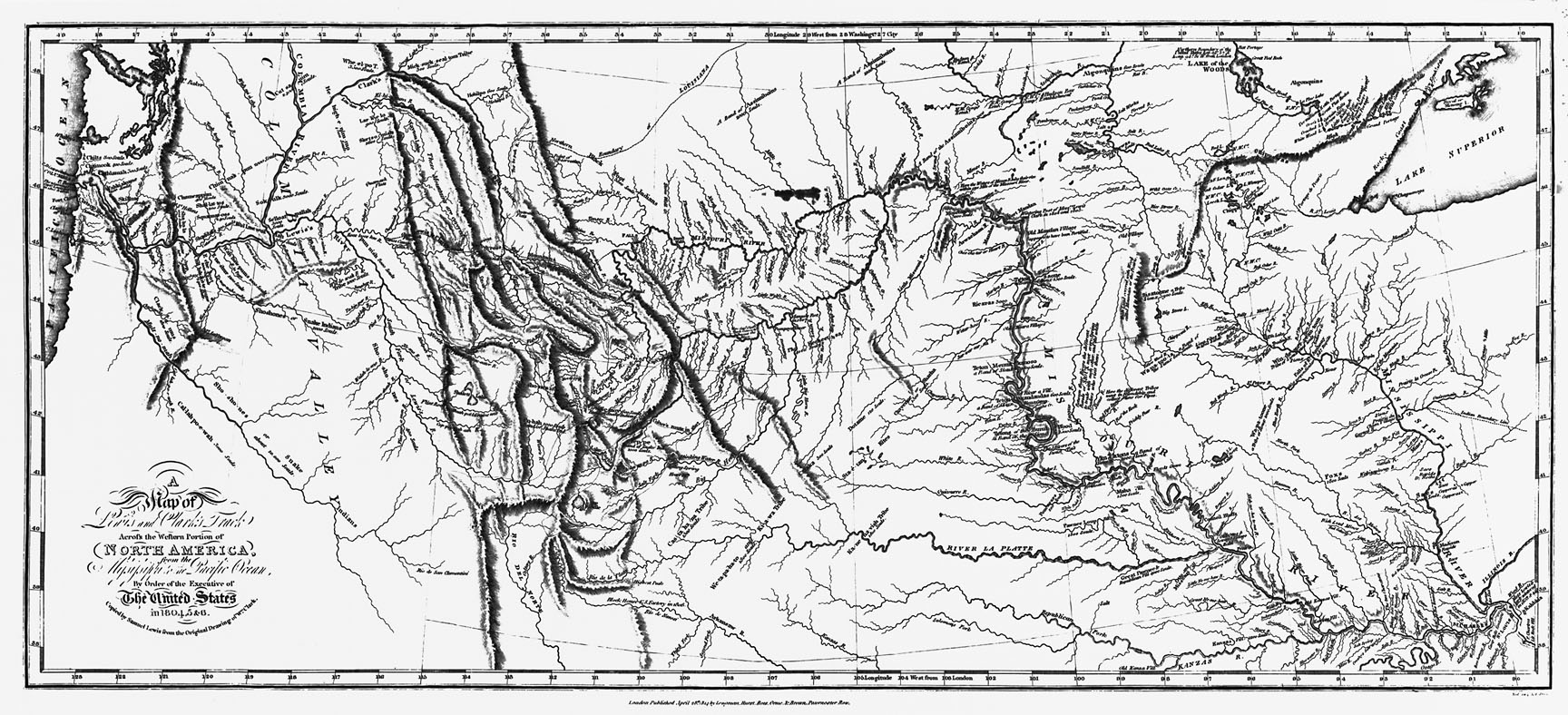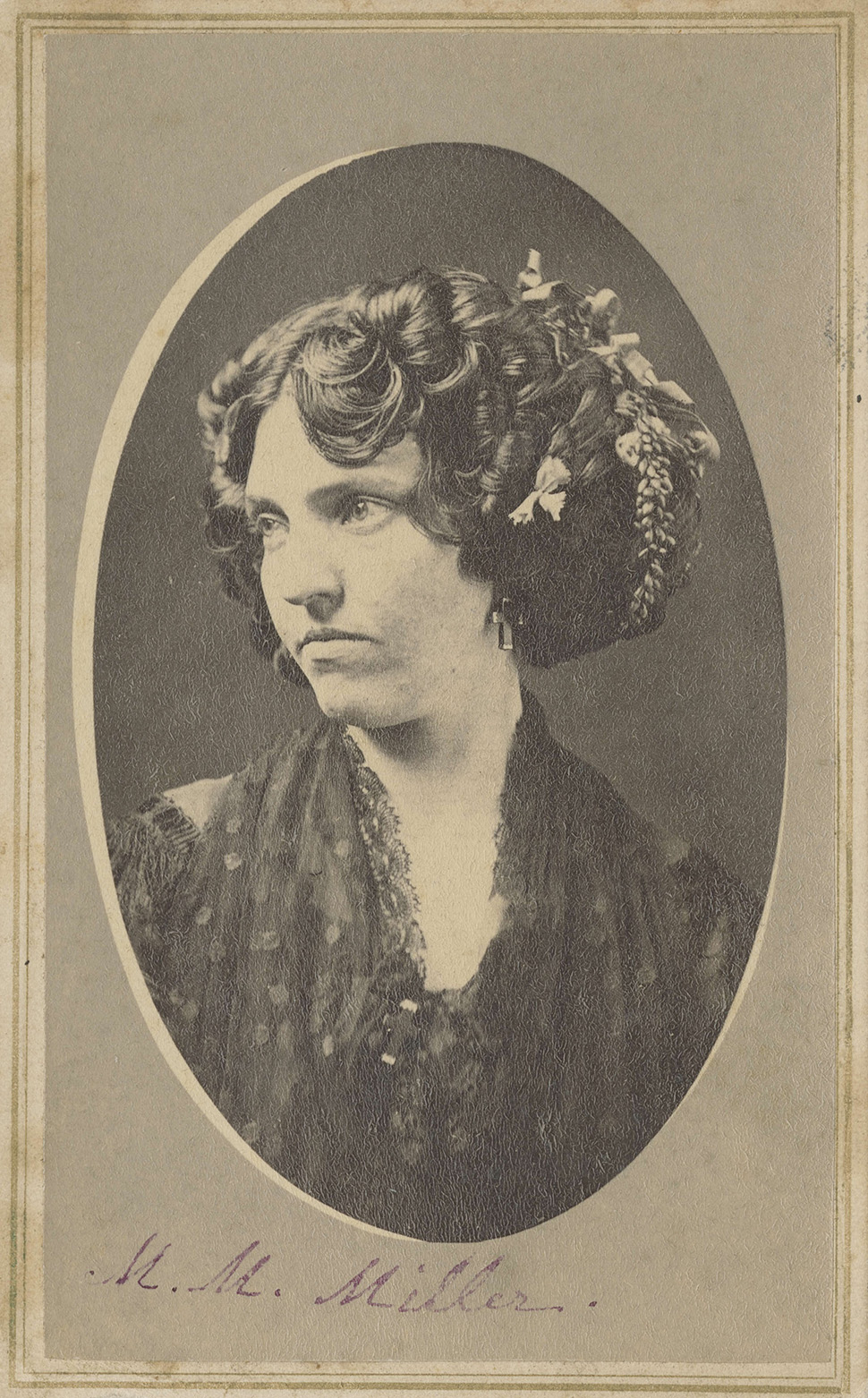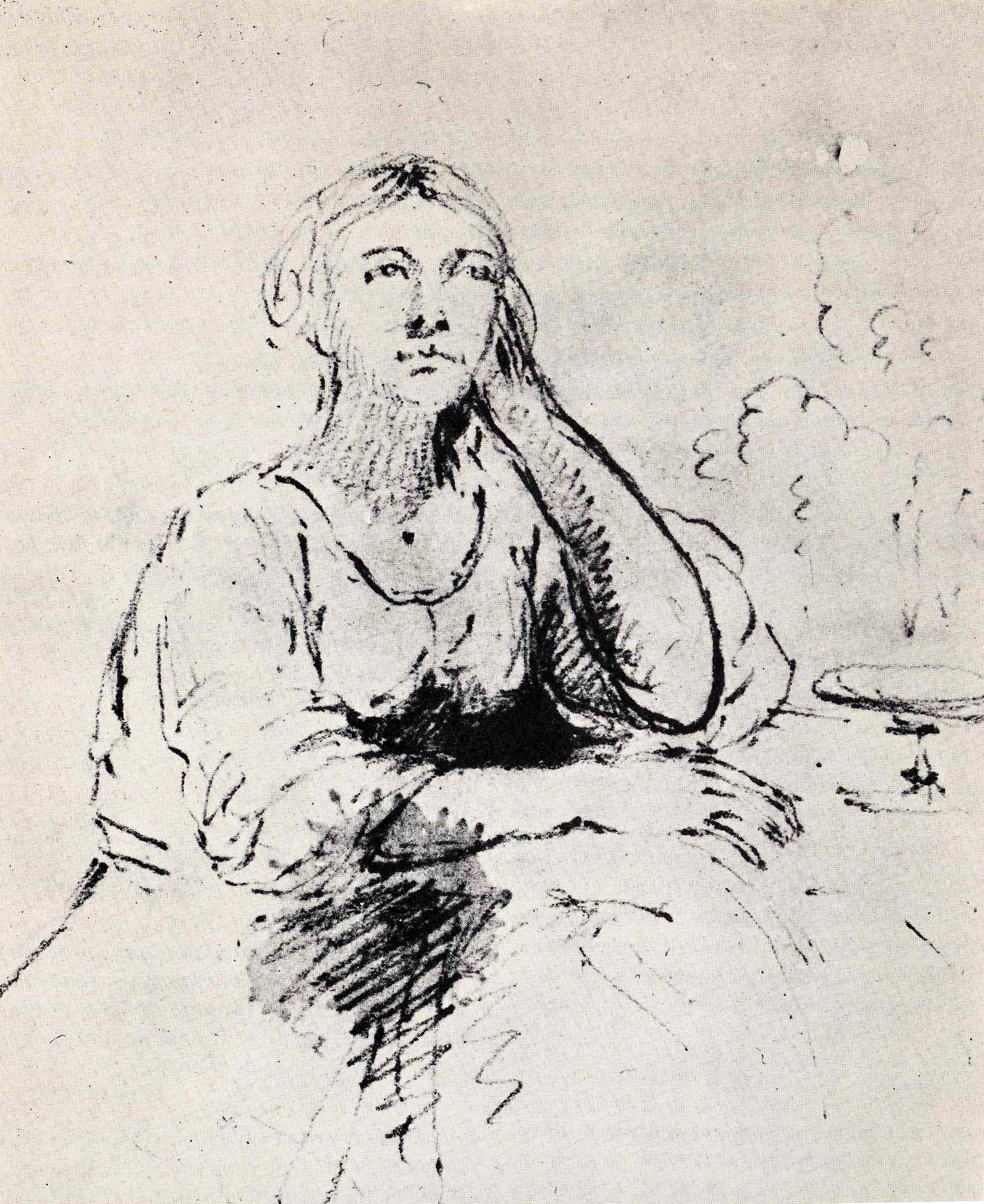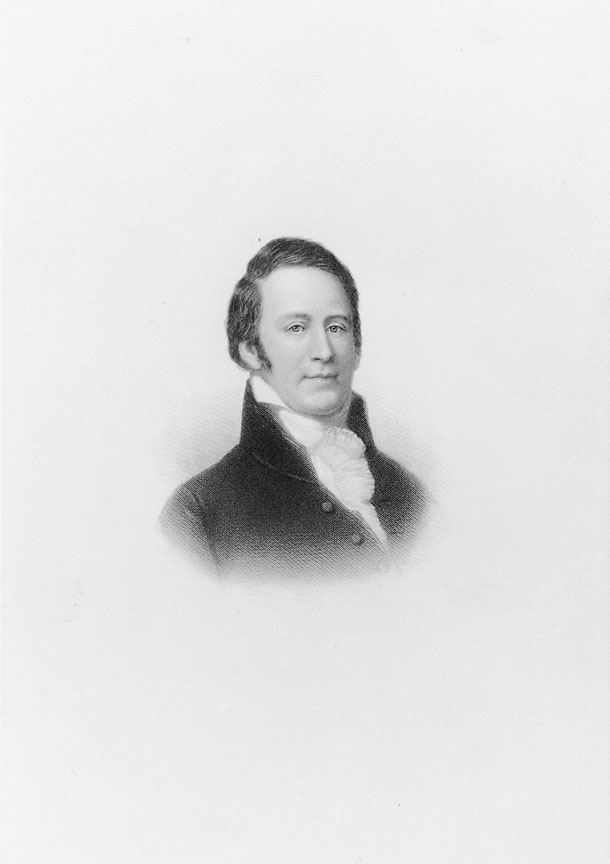The first literature of Oregon followed patterns typical of most other regions of the United States. From the earliest Indian stories to the romantic novels and narratives at the end of the nineteenth century, Oregon writers mimicked the literary output of earlier American subregions. Much of this literature spoke of coming into a new country rather than depicting cultures developing over time within place.
The first narratives, not gathered and published until much later, were oral Native creation stories. These narratives, like the book of Genesis for Judeo-Christian peoples, provided for Native Americans veracious stories of their tribal origins, powerful reminders of their ancestors, and an appreciation of their history over time—in short, where they had been and how they had come to be. Most of all, the creation stories helped later arrivals to understand, albeit rather slowly, the important human-land relationships at the center of Indian cosmology. Read sympathetically and analytically, the Indian creation narratives still help others to comprehend more fully important features of Native worldviews and cultures. But at first non-Indians coming to the Oregon Country did not perceive how important these creation stories were to understanding Native cultures.
The initial contributors to Oregon's first century of non-Native and written literature (1814-1920) differed little from literary productions typical of a new country. The first writers, in their exploration, missionary, and pioneer narratives, usually emphasized the novel lands and peoples they encountered, thus serving as the verbal cameras of their times. They were not yet ready to move beyond this first stage of descriptive literature.
The publication of the journals of Meriwether Lewis and William Clark in 1814 and the subsequent appearance of other exploration, travel, and pioneer accounts dominated the first years of literature about present-day Oregon. The journals set important literary precedents in their appealing sketches of eye-stretching natural scenery, including the mountains, rivers, forests, and plains of the Oregon Country. Interspersed among these descriptions were intriguing characterizations of Indian men and women whom visitors encountered along the Snake and Columbia river systems.
Later travelers such as Ross Cox, Gabriel Franchère, and John C. Frèmont also displayed most often the practical purposes of their journeys rather than the literary aspirations of the chroniclers. These were accounts to narrate and document, which they did. They also emphasized the unusual—and threatening—terrain and the Natives they met.
The next generation of account-keepers, missionaries and settlers, were equally practical in their stories. Such writers as Marcus and Narcissa Whitman, Jason Lee of the Oregon Mission, and Jesse Applegate recounted their daily difficulties, contacts and sometimes conflicts with Natives, challenges in communicating the beliefs and practices of Christianity, and attempts to find ways to make livings, especially through growing crops and raising animals.
At mid-century, Oregon writing still imitated literature produced in most new countries. But the literature of the state in the next half century moved in other directions, including the first writings produced in Oregon that gained widespread regional and even national attention.
The first two works of Oregon "literature" were written in the 1850s. The more unusual of the duo was a satirical drama by "Breakspear" (William L. Adams), A Melodrama Entitled "Treason, Stratagems, and Spoils" (1852). The play advanced a strong political agenda. A Whig partisan, Adams pilloried Oregon Democrats, accusing them of planning to overthrow the Oregon territorial government and replace it with a new Pacific state led by the Mormon Prophet Brigham Young. Witty, spiced with lively language and rapier-like attacks on the author's opponents, Adams's "tragedy" gathered much attention in frontier Oregon newspapers. The work, cultural historian Edwin Bingham judged, is "decisively the best piece of writing from…[Oregon's] pioneer period."
The other important work of the decade came from the pen of Margaret Jewett (Smith) Bailey, The Grains, or Passages in the Life of Ruth Rover (1854). Part fiction, part vindication, and largely autobiography, Bailey's volume overflows with sharp criticism of the Methodist Mission (where she had served and left) and her first husband, whom she had recently divorced. Grains exudes appealing satire and negative judgments of several of Oregon's leading religious and political figures. Some of those negative comments were too much for many readers and not a few reviewers, especially from a woman author. But despite these dismissive and defensive reactions, Bailey's book was a credible literary work, revealing and invaluable in its pen portraits and sociocultural commentaries of early Oregon.
The Oregon writer of the nineteenth century who attracted the most attention was Joaquin Miller. He quickly gained a national and international reputation in the 1870s and beyond, unfortunately more frequently for his outlandish attire and "wild west" actions than for his enduring literary achievements. Often more poseur than polished poet, Miller achieved notoriety early in his career for his bombastic verse and Local Color writings.
Born Cincinnatus Hiner Miller in Indiana and arriving in Oregon as a teenager, Miller lived a picaresque early life. A miner, farmer, and journalist (pro-Confederate) and both an attacker and supporter of Indians, Miller studied law and lived for a half dozen years in the boomtown of Canyon City. He abandoned Oregon for San Francisco, and then went on to London. Before Miller left, however, his first two books of Portland-published poetry appeared, Specimens (1868) and Joaquin et al (1869). Neither volume attracted much attention.
Miller's notoriety as a writer and public persona changed overnight in England with the dramatic reception of his new collection, Songs of the Sierras (1871). Dressed as a frontier rough and embraced by leading London literati, Miller was lionized in England and the United States and mentioned alongside Mark Twain and Bret Harte as a leading western literary light.
Critics were not sure how to evaluate Miller's writings. His Byronic and overly dramatic verse and actions attracted some followers, but dissenters pointed to his amateurish poetics, sensationalism, and sentimentalism. Miller's literary reputation dipped considerably after he returned to the United States and settled in northern California for his final quarter century, where he turned out hundreds of poems and essays and several volumes of poetry and prose. Throughout his career, his stories and sketches about Oregon and the Far West often dealt with miners, Indians, Hispanics, and contained romanticized portraits of historical figures.
The best-known poet remaining in Oregon during the nineteenth century was Sam L. Simpson. His fifty-two-line, romantic poem "Beautiful Willamette," which originally appeared in an Oregon newspaper in April 1868, captured the new state's readers and gained some national attention. Its lyrical celebration of the Willamette River particularly appealed to late nineteenth-century audiences, but often seemed excessively romantic to later readers. Oregon's first poet laureate was Edwin Markham whose 1898 poem, "The Man with the Hoe," describing the hardships of laborers, became vastly popular. Markham was also instrumental in organizing the Poetry Society of America in 1910.
Two women writers, Abigail Scott Duniway and Frances Fuller Victor, made significant contributions to Oregon's frontier literature. Duniway became a prolific writer after her husband suffered a debilitating farm accident and she was forced to support her family. Later, she gained national recognition as a leader in the woman's suffrage movement. Among her best-known writings was her initial novel, Captain Gray's Company (1859). The first commercially published novel in Oregon, it was based on Duniway's journey on the Oregon Trail. She also edited several newspapers, known for their support of suffrage and women's issues. Most of her twenty-two novels were serialized in these newspapers.
Frances Fuller Victor was Oregon's leading historian of the nineteenth century. After writing several pot-boiling dime novels and publishing poetry, Victor came to Oregon and turned to writing history. Her first work of note, River of the West (1870), detailed the life of mountain man Joseph L. Meek. Even more important were her general works on the Pacific Northwest and far-western states, particularly her two-volume history of Oregon and a thorough history of Washington, Idaho, and Montana. Diligent research and balance were the hallmarks of her writings. Unfortunately, because Victor wrote these general regional histories under contract with California's historical entrepreneur Hubert Howe Bancroft and he refused to credit her work, her labors as a notable regional historian have been too often overlooked. Together, the works of Duniway and Victor, along with those of Margaret Jewett Bailey, Native American writer Sarah Winnemucca, and the later historical novelists Eva Emery Dye and poet Minnie Myrtle Miller, illustrate the large contributions women writers made to Oregon literature.
The first Oregon-born writer and the only lifetime resident of the nineteenth-century Pacific Northwest to gain literary notoriety was the novelist Frederic Homer Balch. Reared in a religiously conservative and peripatetic family of limited means, Balch struggled throughout his brief life to balance his hunger for learning and his intense spiritual journey. So dramatic were his struggles between mind and soul that he burned his first completed manuscript because he thought it too secular. Yet, he also intensely desired "to make Oregon as famous as Scott made Scotland, to make the Cascades as widely known as the Highlands."
Balch's literary reputation rests almost entirely on his fictional work The Bridge of the Gods (1890). More like the romances of Nathaniel Hawthorne than the novels of contemporary William Dean Howells and other realists, Balch's story brings together missionary Cecil Gray and Indian princess Wallulah, the half-Native, "half-Asiatic" daughter of Chief Multnomah. The young author had difficulty maintaining the aura of his romance, often diluting it with facts and quotes from regional histories he had read and his interviews with Indians. Authorial intrusions also jar the plot. But Balch's somber tone and appealing characterizations and his skillful story of the reputed falling of the famed "bridge of the gods" kept readers enthralled. The Bridge of the Gods remained popular throughout the twentieth century, remaining in print longer than any other Oregon novel.
Similar challenges confronted Eva Emery Dye, who also was enamored with historical romances. An energetic and active woman with a master's degree in classical studies, Dye arrived in Oregon in 1890 and quickly pioneered the Chautauqua movement in Gladstone and Oregon City. In 1900, she published the historical novel McLoughlin and Old Oregon: A Chronicle and two years later The Conquest: The True Story of Lewis and Clark. Both were historical romances, the latter Dye's most important work.
The Conquest featured an important section on Sacagawea, making her the heroine of the Lewis and Clark Corps of Discovery. Dye's interest in the Bird Woman meshed well with the feminism of her friend Abigail Scott Duniway and helped spark homage to the young Indian mother during the woman suffrage emphases at the 1905 Lewis and Clark Exposition in Portland. More than any other person, Eva Emery Dye launched the Sacagawea myth that took tenacious hold in the next century. Her romanticizing of the expedition and its only female member illustrated well the popularity of historical romances in Oregon literature during the second half of the nineteenth century.
The fiction of Balch and Dye and the poetry of Joaquin Miller and Sam Simpson revealed much about Oregon and Pacific Northwest literary trends in the years leading up to 1900. Rather than realistic depictions of farm or ranch life that contemporary writers Hamlin Garland and Frank Norris produced about the northern Great Plains or California, Oregon authors looked to the past, romanticizing events of many years before. The Oregon writers, linked to American romanticism of the early nineteenth century, seemed unaware of the fresh currents of literary realism sweeping across the United States.
In the century stretching from the first publication of the Lewis and Clark journals to the eve of World War I, Oregonians passed through the first stage of their literary development. Bringing with them their diverse cultural heritages and then discovering unique landscapes and Native peoples, the earliest white newcomers to Oregon attempted to fashion a literature that joined old and new. Some like Joaquin Miller, Frederic Homer Balch, and Eva Emery Dye gained national or even international attention; others, such as William L. Adams, Margaret Jewett Bailey, Sam Simpson, Abigail Scott Duniway, and Frances Fuller Victor, were better known regionally or locally. None of these writers transitioned, however, to the next stage of literary achievement in depicting the molding power of region on character and ideas. Not until the 1920s, under the influence of a rising regionalist tide, were critics discerning and courageous enough to point out the meager achievements of earlier Oregon literati and to point the way for more notable contributions.
-
![Cover of Margaret Jewett Bailey's book The Grains, 1854.]()
Bailey, Margaret, The Grains, cover of, 1854, OrHi37311.
Cover of Margaret Jewett Bailey's book The Grains, 1854. Oreg. Hist. Soc. Research Libr., OrHi 37311
-
![Minnie Myrtle Miller.]()
Miller, Minnie Myrtle.
Minnie Myrtle Miller. Sketch by Bernard Hinshaw, in Alfred Powers, _History of Oregon Literature_, Portland, Ore.: Binford and Mort, 1935.
-
Duniway, Abigail Scott.
Abigail Scott Duniway. Oreg. Hist. Soc. Research Libr.
-
![Eva Emery Dye.]()
Dye, Eva Emery, OrHi 87523.
Eva Emery Dye. Oreg. Hist. Soc. Research Libr., OrHi 87523
Related Entries
-
Abigail Scott Duniway (1834-1915)
Outspoken and often controversial, Abigail Scott Duniway is remembered …
-
![Eva Emery Dye (1855-1947)]()
Eva Emery Dye (1855-1947)
As an impressionable and imaginative girl growing up in Illinois, Eva E…
-
![Frances Fuller Victor (1826–1902)]()
Frances Fuller Victor (1826–1902)
In 1869, the Overland Monthly and Out West Magazine featured "Manifest …
-
Jesse Applegate (1811-1888)
Jesse Applegate, an influential early Oregon settler, is most remembere…
-
![Joaquin (Cincinnatus Hiner) Miller (1837–1913)]()
Joaquin (Cincinnatus Hiner) Miller (1837–1913)
Joaquin Miller's early career as a writer illustrates a Biblical truth:…
-
![Marcus Whitman (1802–1847)]()
Marcus Whitman (1802–1847)
Marcus Whitman left his mark on Oregon Country as an early missionary t…
-
![Margaret Jewett Smith Bailey (1812-1882)]()
Margaret Jewett Smith Bailey (1812-1882)
Writing under the pen name Ruth Rover, Margaret Jewett Smith Bailey wro…
-
![Meriwether Lewis (1774-1809)]()
Meriwether Lewis (1774-1809)
Reflecting on Meriwether Lewis after his death, Thomas Jefferson bemoan…
-
![Minnie Myrtle Miller (Theresa Dyer) (1845-1882)]()
Minnie Myrtle Miller (Theresa Dyer) (1845-1882)
Minnie Myrtle Miller, the "Poetess of the Coquille," was born Theresa D…
-
![Narcissa Whitman (1808-1847)]()
Narcissa Whitman (1808-1847)
Missionary Narcissa Prentiss Whitman is probably Old Oregon’s most famo…
-
![Sarah Winnemucca (1844?-1891)]()
Sarah Winnemucca (1844?-1891)
Sarah Winnemucca, a Paiute, had a clear purpose in life: “I mean to fig…
-
![William Clark (1770-1838)]()
William Clark (1770-1838)
William Clark is indelibly connected to Oregon in many ways, some obvio…
Related Historical Records
Further Reading
Bingham, Edwin R. "Pacific Northwest Writing: Reaching for Regional Identity." In Regionalism and the Pacific Northwest, edited by William G. Robbins et al., 151-74. Corvallis: Oregon State University Press, 1983.
Harris, Stephen L. "Frederic Homer Balch and the Romance of Oregon History." Oregon Historical Quarterly 97:4 (Winter 1996-1997), 390-427.
Mills, Hazel, and Constance Bordwell. Frances Fuller Victor: The Witness to America's Westerings. Edited by Thomas Vaughan and Marguerite Wright. Portland, Ore.: Peregrine Productions, 2002.
Powers, Alfred. A History of Oregon Literature. Portland: Metropolitan Press, 1935.
Ramsay, Jarold, ed. Coyote Was Going There: Indian Literature of the Oregon Country. Seattle: University of Washington Press, 2002.
Venn, George, and Ulrich H. Hardt, eds. The Oregon Literature Series. 6 vols. Corvallis: Oregon State University Press, 1993.

